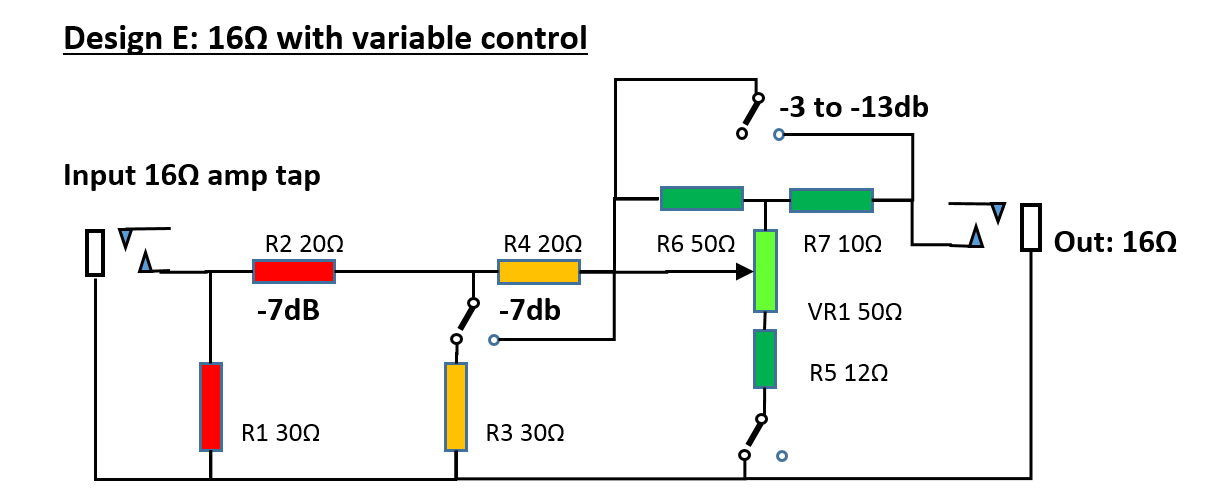6StringStewie
Well-Known Member
@JohnH
For a 100W amp, Build M R1 is spec'd at 200W. I found a couple of inductors with a value of 200W RMS. Those should work since the attenuator isn't expected to see all 200W, correct?
Are the L1 and L2 values the same for a 100W amp as a 50W amp? Have you run any Spice models with a 100W amp? (I thought I read earlier that L2 should optimally be 2x L1 for a 100W amp, but I haven't been able to find that post. Going to start a re-read of the thread this week.)
For a 100W amp, Build M R1 is spec'd at 200W. I found a couple of inductors with a value of 200W RMS. Those should work since the attenuator isn't expected to see all 200W, correct?
Are the L1 and L2 values the same for a 100W amp as a 50W amp? Have you run any Spice models with a 100W amp? (I thought I read earlier that L2 should optimally be 2x L1 for a 100W amp, but I haven't been able to find that post. Going to start a re-read of the thread this week.)



